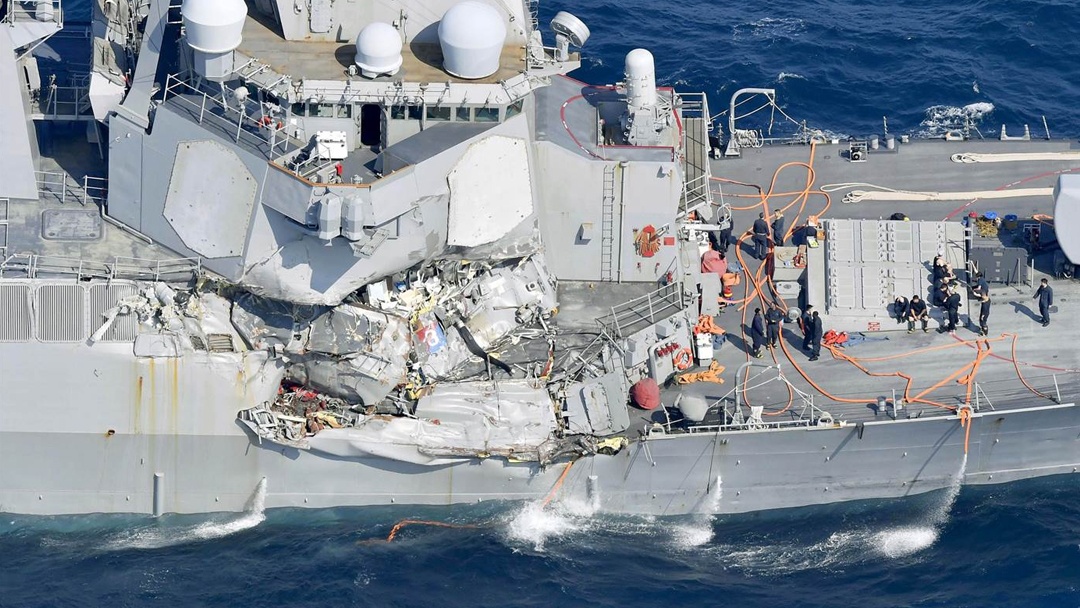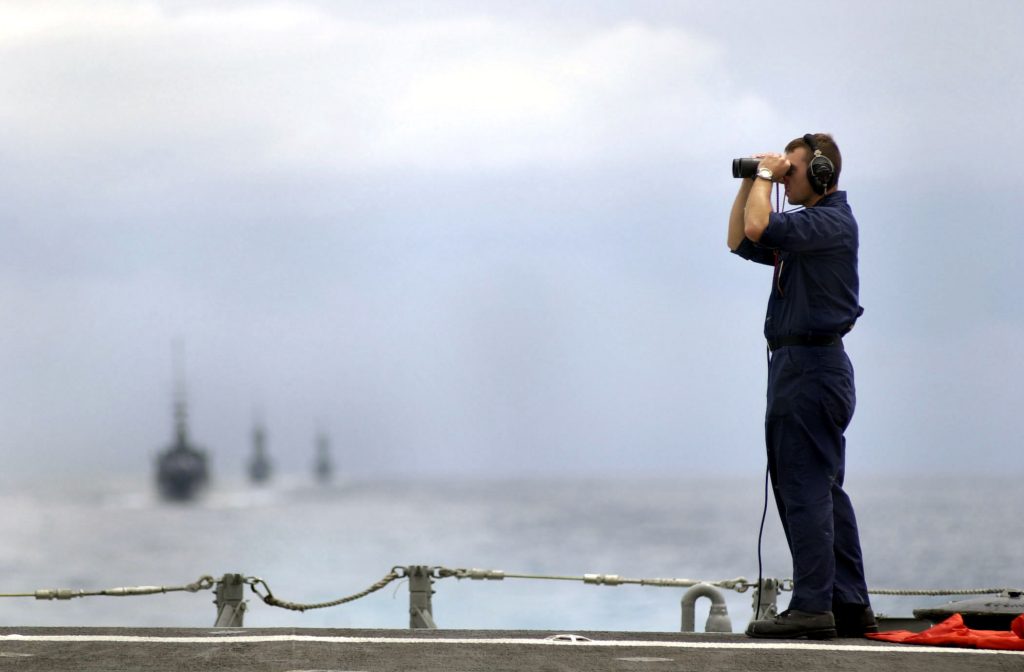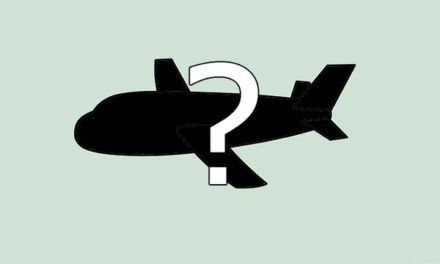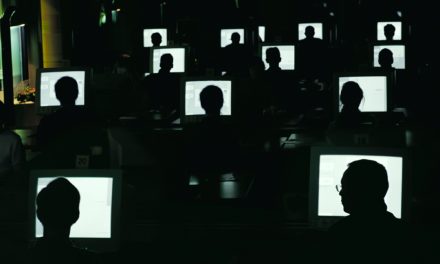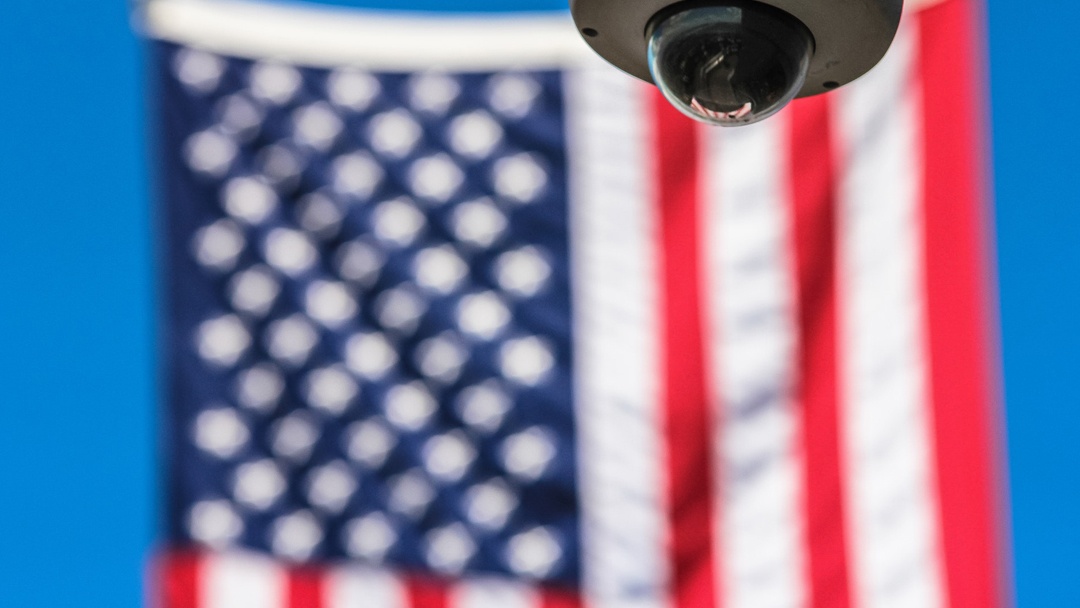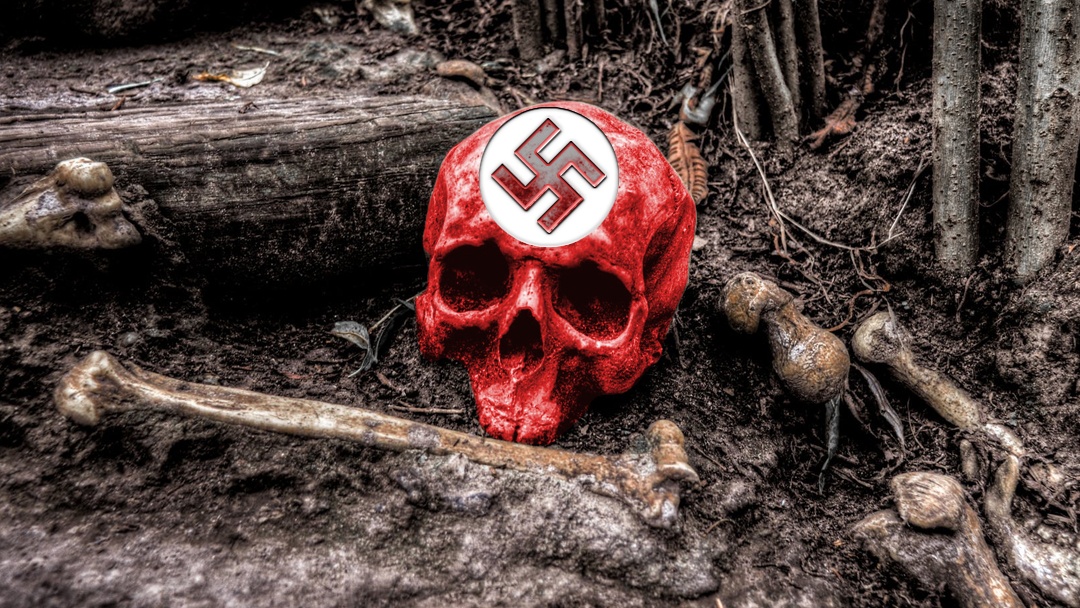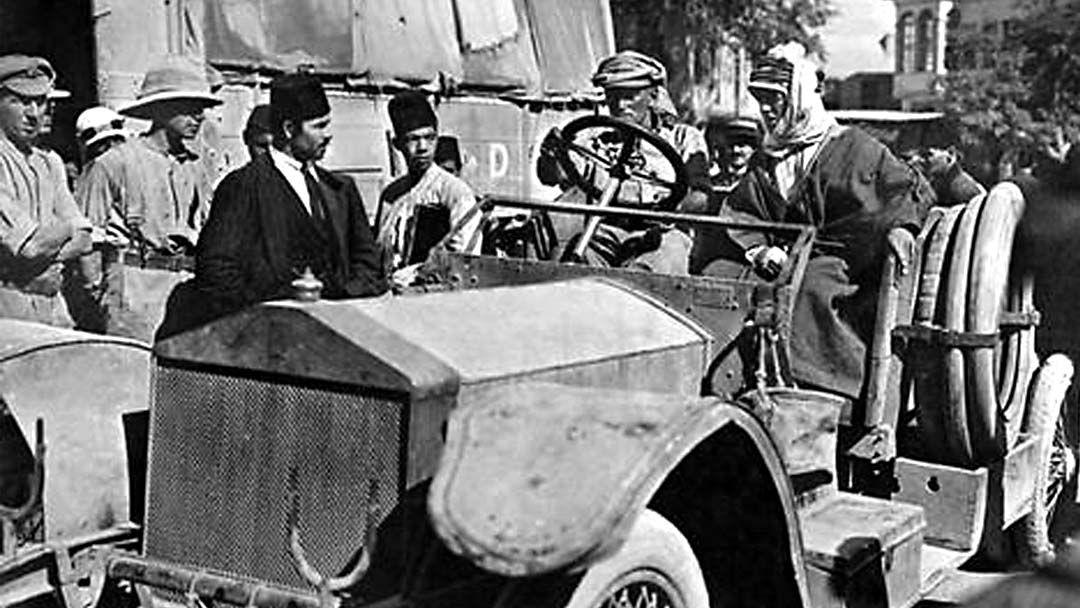No question, it was the embarrassment of the season for the military, as the destroyer USS Fitzgerald crashed into a huge freighter in waters off Japan on June 17th of 2017. Astoundingly, August offered a similar collision for the USS John McCain, as history plays its endless loop!
As the NY Times began it’s discussion of the calamity:
 A crash that had numerous ways to be avoided caught everyone smack by surprise. Seven sailors died, the ship will be out of commission a good while. And the freighter sailed on without stopping at first, apparently unaware it had been hit. We know, that doesn’t sound possible, but it happened.
A crash that had numerous ways to be avoided caught everyone smack by surprise. Seven sailors died, the ship will be out of commission a good while. And the freighter sailed on without stopping at first, apparently unaware it had been hit. We know, that doesn’t sound possible, but it happened.
Already, the Fitzgerald’s captain and other top commanders have been disciplined, while rank and file sailors have been praised for the emergency response. But how could this have happened in any Navy, much less the modern one, with almost infinite money for radar and other hi-tech?
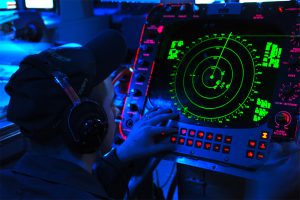 There’s a lot that Sherlock wants to know about these accidents, starting with the obvious: is computer navigation and warning reliable, or not? Apparently not in some cases, but why not? And why are other ships, sometimes tankers the size of floating cities, invisible to your guys with binoculars?
There’s a lot that Sherlock wants to know about these accidents, starting with the obvious: is computer navigation and warning reliable, or not? Apparently not in some cases, but why not? And why are other ships, sometimes tankers the size of floating cities, invisible to your guys with binoculars?
And…we always look carefully at an “investigation” by members of a bureaucracy with something at stake.. do they sugarcoat, look for scapegoats, paper over the biggest problems if those would be embarrassing to the top brass?
One sailor was quoted as saying that “somebody wasn’t paying attention,” a statement that seems to strike the mark, on so many levels. There’s a lot we want to know, and not just what’s visible on the surface of the water.
